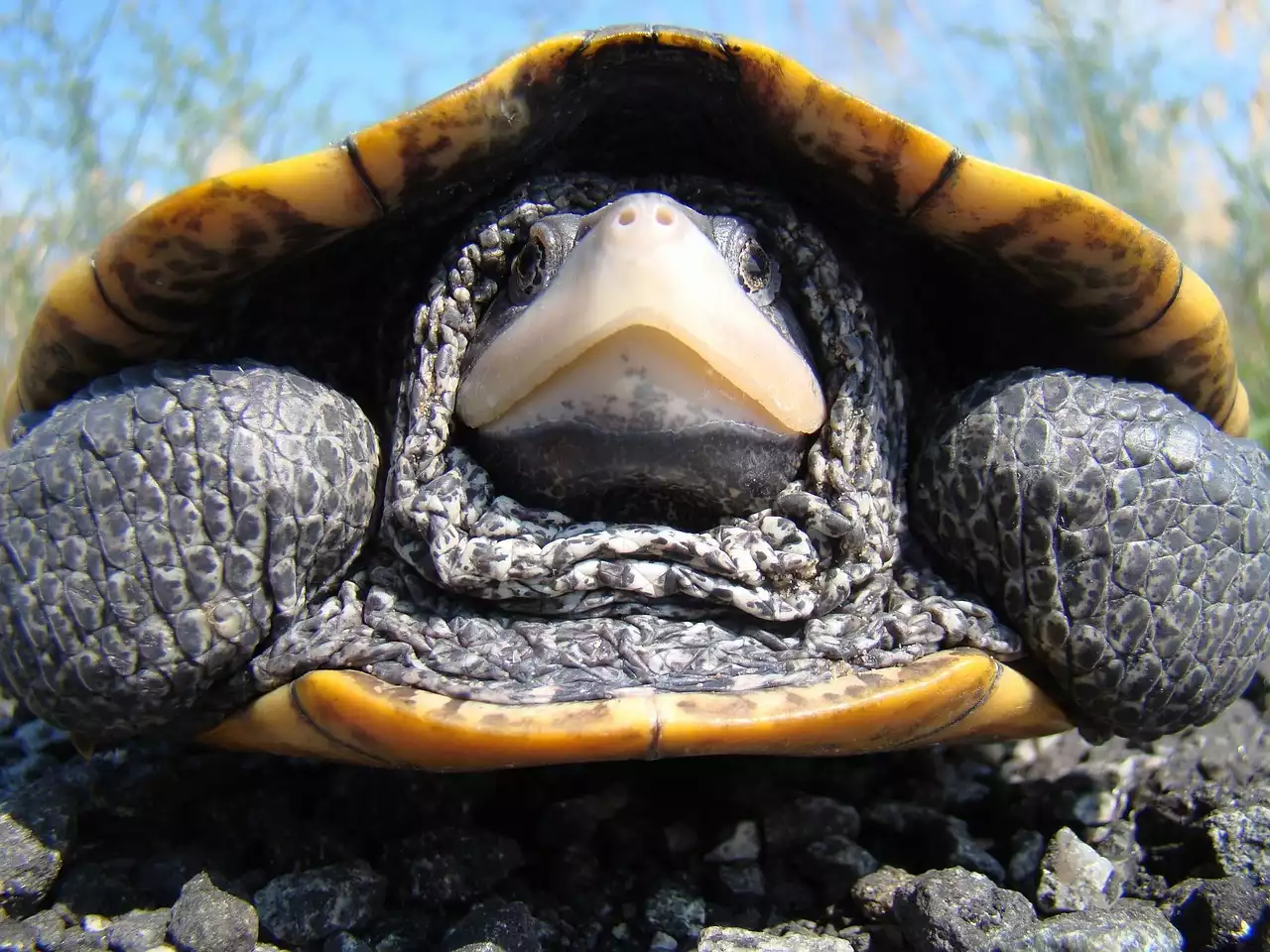Keeping a terrapin turtle as a pet can be a rewarding experience for both you and your new pet. Turtles make excellent company and are fairly low maintenance pets to keep. They’re also ideal pets for those living in apartments or other small homes, due to their smaller size when fully grown (compared to other common pet reptiles such as snakes). However, there are some considerations that need to be made before taking on the responsibility of keeping a turtle at home. Here we’ll discuss the needs of a terrapin as a pet, housing options, diet, and essential supplies.
What You Need to Know Before Buying a Terrapin
First and foremost, you need to know what kind of terrapin you’d like to buy as a pet. The most common types of pet terrapins are:
- Red-Eared Sliders (RES): The most common type of pet turtle, these turtles have a carapace (upper shell) that ranges in colour from brown to red-orange. Females tend to be larger than males.
- Yellow-Belly Sliders: These are similar to RES, but with a dark brown or black carapace and a yellow or cream underbelly.
- Map Turtles: These turtles have a carapace that is often brown, black, or dark green in colour. Females are larger than males.
- Musk Turtles: This is a smaller species of turtle, with a carapace that is usually dark brown or black in colour. Males are larger than females.
Care and Housing: Basic Needs for Terrapins
When keeping a terrapin as a pet, you need to first consider the animal’s basic needs. A terrapin should be kept in an aquarium with a heated basking area, where it can get out of the water to dry out completely. The basking area should have a warm spot of around 30 degrees Celsius (86 Fahrenheit), while the water in the tank should be kept between 20-25 degrees Celsius (68-77 Fahrenheit). A terrapin tank should be watertight, at least a foot deep (approximately 30cm), and have an aquarium filter. The tank should have a lid that is slightly open, with a ramp or a few stones to allow the terrapin to get out. A light source in the water is also a good idea for turtles that prefer to live in water with light.
A Terrarium for Your Turtle
If you’re keeping a map turtle, a musk turtle, or a yellow-bellied slider, you need a larger tank (at least a 100-gallon tank). For these turtles, you’ll need a tank that’s at least five feet in length, with a water depth of at least two feet. You may also want to consider a tank that has a filter, to keep the water clean and help your turtle’s skin from getting irritated. You’ll need to clean out the tank regularly (at least once a week), preferably with a gravel cleaner that will get out any waste that may have settled at the bottom.
Turtle Food and Diet
Terrapins, like many reptiles, are omnivorous, which means they eat both meat and plant matter. A good diet for a terrapin includes:
- A commercial aquatic turtle food made specifically for terrapins at least once a week.
- Feeding them crickets, worms, flies, or any other insects that can be found in your own back yard.
- Feeding them lettuce or vegetables such as watercress, spinach, carrots, or zucchini.
- Feeding them a small amount of fish or shrimp once a month. If you keep your terrapin indoors, you can grow plants (such as spinach) in pots or on window sills. You can also buy crickets from pet stores, or try to catch some in your backyard.
Essential Supplies
Depending on the type of terrapin you’re keeping, you may need certain supplies for your pet. When choosing supplies, you should always look for items that are made specifically for turtles, and avoid those made for other pets. Here are a few essentials you’ll need:
- A water source: This can be a large water bowl where your terrapin can climb in, or a water filtration system to keep the water clean.
- A basking area: This can be a light or a heat lamp, or a special ceramic heat emitter.
- A substrate (floor covering): For the bottom of the aquarium, you can choose between sand, aquarium gravel, or a special turtle substrate.
- A basking lamp or lamp holder: For turtles that don’t bask on a rock, you’ll need a lamp holder or a special terrapin lamp.
- Food bowl: A water bowl can also double as a food bowl.
- A few hiding places: You can buy or make hiding places, such as a log or a rock, or you can use a few large stones.
Final Words
Keeping a turtle as a pet can be an enjoyable and rewarding experience, but you need to make sure you’re prepared for the responsibility. Make sure you’re keeping your terrapin happy and healthy by providing the right environment and diet, and by doing regular checks for any health issues that may arise. For extra information about turtles or other reptiles, or to find out how to get involved as a reptile owner, you can visit The Reptile Society


 Hiking out the Great Outdoors
Hiking out the Great Outdoors
 What You Need to Know About Getting Abdominoplasty
What You Need to Know About Getting Abdominoplasty
 A Guide to the Best Restaurants in France
A Guide to the Best Restaurants in France Why The Milk Snake Might be a Perfect Pet
Why The Milk Snake Might be a Perfect Pet What Makes the Corn Snake a Popular Pet?
What Makes the Corn Snake a Popular Pet? How to Look After a Ball Python
How to Look After a Ball Python All You Need to Know about Keeping a Tortoise
All You Need to Know about Keeping a Tortoise